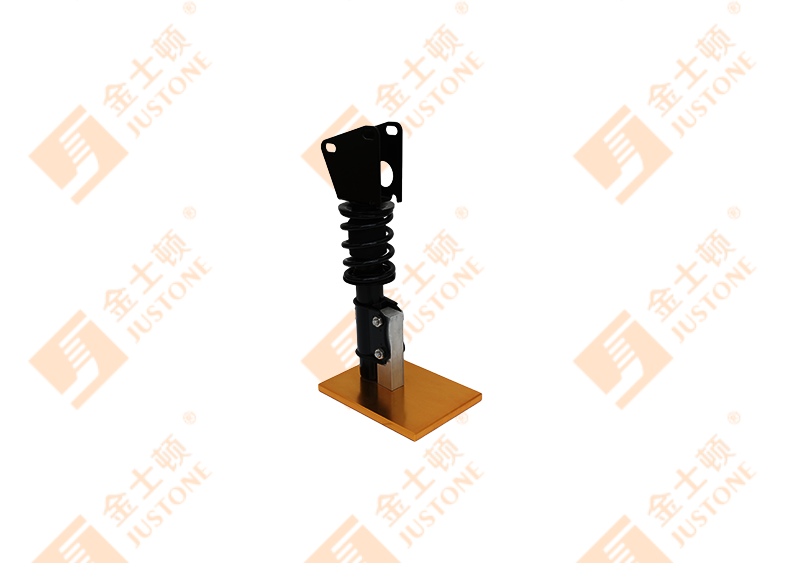Didn't find a product that suits you?
Contact us for the latest news.
Drive down cabin shock absorbers mitigate vibrations or impacts through specialized mechanisms designed to absorb and dissipate kinetic energy generated by sudden movements or vibrations. Here’s how they typically work:
Hydraulic Dampening: Many drive down cabin shock absorbers use hydraulic fluid to dampen vibrations. When the cabin experiences a sudden movement or impact, hydraulic pistons inside the shock absorber compress the fluid. This compression slows down the movement of the piston, converting kinetic energy into heat energy, which is then dissipated.
Spring Mechanisms: Some shock absorbers incorporate coil springs or torsion bars to complement hydraulic dampening. These springs help to absorb initial impacts and provide additional support, especially in environments where constant vibrations or uneven terrain are common.
Adjustable Dampening: Advanced shock absorbers may feature adjustable dampening settings. This allows users to customize the level of shock absorption based on the specific conditions or preferences, enhancing comfort and stability.

Internal Valves and Orifices: Within the shock absorber, internal valves and orifices control the flow of hydraulic fluid. These components regulate the rate at which the shock absorber compresses and rebounds, optimizing performance based on the intensity and frequency of vibrations or impacts.
Rubber Mounts and Bushings: Drive down cabin shock absorbers often incorporate rubber mounts or bushings at connection points to further isolate vibrations and reduce noise transmission. These components act as buffers, absorbing minor shocks and preventing them from transferring to the cabin structure.
Overall, drive down cabin shock absorbers are engineered to provide a smooth and stable ride experience by effectively absorbing and dissipating kinetic energy caused by vibrations or impacts. This not only enhances comfort for occupants but also helps to protect sensitive equipment or materials housed within the cabin from damage due to excessive movement.